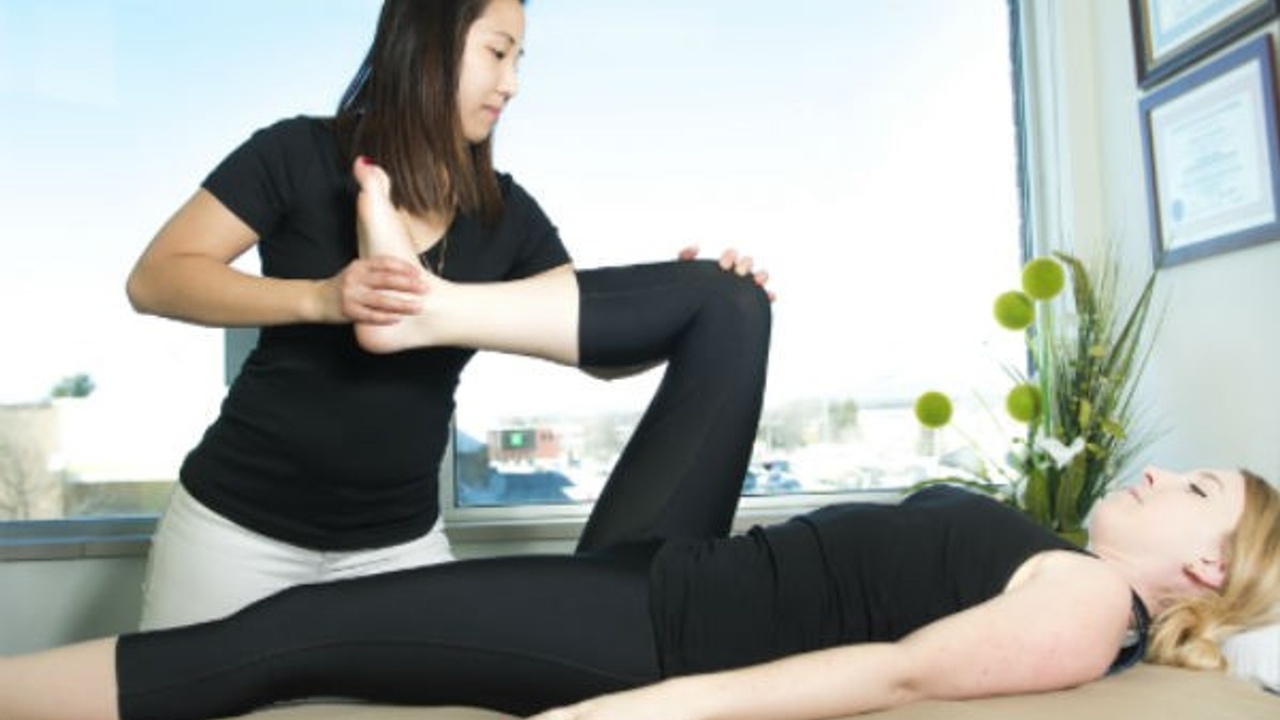Conquering Your Fear of Re-injury
Dec 19, 2017
Please enjoy an excerpt from my book, Winning the Injury Game, available on Amazon.
As you resume sports, your primary fear is most likely re-injury. Because of your previous injury, you may have been through extensive rehabilitation, unable to play your sport, and you don't want to go back to that place again any time soon. Unfortunately, this fear increases your stress, which raises your risk of re-injury, according to research by Jean Williams Ph.D., Emeritus Professor of Psychology at the University of Arizona. Through her research, Williams found that high stress and many daily hassles make you more prone to injury. Her research also showed that athletes under stress find it hard to focus and maintain attention. In addition, she observed these athletes held increased muscle tension throughout their bodies.1 As you read in Chapter 14, relaxed muscles elevate performance and lower injury risk.
Further, a study by Podlog and Eklund found fear of re-injury to be higher for athletes with recurring injuries than athletes with one-time injuries. Their research also showed that injured athletes returning to sport were stressed by several factors, including “(1) increased intensity of competition, (2) injury flare-ups/injury to another part of the body, (3) not making/getting dropped from teams and (4) reduced confidence.”2
So, here again, is a link between stress, sports, and healing. Because of the research as well as my own experiences, I can't overemphasize how important it is to keep your stress in check! Hopefully, you developed some good stress-relieving rituals, such as journaling, deep breathing, meditation, reading, and socializing, throughout your healing process. And hopefully, you are implementing them regularly.
In addition to the fears I've already listed, which are all normal and common, you may also be afraid of not being as good as you were before injury. Your mind may still view yourself as the athlete you were prior to being hurt. As a result, you don't want to embarrass yourself and have your peers see your weakness. And, you want to live up to that image for yourself and those around you. As I shared in Chapter 2, I had this fear. I didn't want to ride with anyone who might criticize me for my lack of fitness.
However, here's the truth. Even though you might still be defining and judging yourself by these criteria, your true friends and family don't hinge your value as a person on your athletics. More than likely, you will receive overwhelming support for being back out on the field. If you don't, you might want to reconsider your affiliations. Many times, the negative perceptions you think you notice coming from others are merely projections of your mind with no substance to back them up.
After being off my bike for over a year, I knew it was going to be hard to go back. I shared all the fears and doubts you likely do. Surprisingly, it was easier than I expected. The joy of being back on the bike and feeling healthy again far outweighed my hesitations. Due to the rehab I had done, I was stronger in new ways. My fitness gradually came back, and if I wanted to, I could focus on training again. In the beginning, though, just being able to enjoy riding without pain was a thrill that I wanted to relish for a while.
When your fear of re-injury is conquered, your athletic confidence grows. Confidence in your body comes from knowing it is aligned and strong with optimal muscle biomechanics. You build this confidence through respecting and tuning in to your sensations. Your ability to connect with and listen to your body allows you to take appropriate preventive actions and head off any early signs of injury. Knowing your pain, not reacting with instant panic, helps you make smart choices and keeps your body safe from harm. You will gain confidence in your sport over time through gradual progression, good technique, adequate recovery and consistent small successes.
- Williams, J. (Ed.). (2009). Applied sport psychology: Personal growth to peak performance (6th ed.). New York, NY: McGraw-Hill Education.
- Podlon, L. & Eklund, R. (2006). A longitudinal investigation of competitive athletes' return to sport following serious injury. Journal of Applied Sports Psychology, 18(1), 44-68.
Stay connected with news and updates!
Join our mailing list to receive the latest news and updates from me.
Don't worry, your information will not be shared.
We hate SPAM. We will never sell your information, for any reason.

